Wokha Tourism
Search related to Nagaland Tourism

Wokha is a town located in the state of Nagaland in Northeast India. It is the district headquarters of the Wokha district and is situated at an altitude of 1,313 meters above sea level.
History
Wokha has a rich history that dates back to ancient times. The town is named after the Wokha village, which was founded by a group of Ao Naga tribes in the 19th century. The Ao Naga tribe is one of the major ethnic groups of Nagaland, and their traditional way of life revolves around agriculture and cattle rearing.
During the British colonial rule, Wokha was a part of the Naga Hills District, which was created in 1866. The district was later reorganized into several smaller districts, including the Wokha district, in 1957, after India gained independence from British rule.
Geography
Wokha is situated on the eastern foothills of the Naga Hills, which are a part of the Himalayan range. The town is surrounded by lush green forests, rolling hills, and beautiful valleys. The Doyang River, which is one of the major rivers of Nagaland, flows through Wokha, and provides water for irrigation and fishing.
The climate of Wokha is classified as a humid subtropical climate, with warm summers and mild winters. The average annual rainfall in Wokha is around 2000 mm, and the monsoon season usually lasts from June to September.
Demographics
Wokha has a population of around 39,000 people, according to the 2011 census. The town is predominantly inhabited by the Ao Naga tribe, who make up around 60% of the population. Other ethnic groups that are present in Wokha include the Lotha Naga, Sumi Naga, and Angami Naga tribes.
The official language of Wokha is English, but the majority of the population speaks Nagamese, which is a creole language that combines elements of various Naga languages.
Economy
The economy of Wokha is primarily based on agriculture and tourism. The fertile soil and favorable climate of the region make it ideal for the cultivation of crops such as rice, maize, millet, and vegetables. The town is also known for its orange orchards, which produce high-quality oranges that are exported to other parts of the country.
Tourism is another important source of income for the people of Wokha. The town is known for its natural beauty, rich culture, and traditional way of life. Tourists can visit the nearby villages to learn about the customs and traditions of the Ao Naga tribe, or go trekking in the surrounding hills and forests.
Culture
The culture of Wokha is deeply rooted in the traditions and customs of the Ao Naga tribe. The tribe has a rich history of warfare, and their traditional dress and jewelry reflect their warrior heritage. The men wear colorful shawls and headgear, while the women wear brightly colored skirts and blouses, adorned with intricate beadwork and embroidery.
The Ao Naga tribe also has a rich musical heritage, and their folk songs and dances are an important part of their culture. The most popular dance form is the Aoleng, which is performed during the Moatsu festival, held in the month of May.
The Moatsu festival is one of the most important festivals of the Ao Naga tribe, and is celebrated with great pomp and splendor. During the festival, people dress up in traditional attire, and perform dances and songs. The festival also includes traditional games and sports, such as archery and wrestling.
- State :
- Nagaland
How to Reach Wokha
Complete List of Tehsils in Wokha District, Nagaland
| S.No | Tehsil / Taluk Name | District Name | State Name |
|---|---|---|---|
| 1 | Bhandari | Wokha | Nagaland |
| 2 | Doyang H Project | Wokha | Nagaland |
| 3 | Doyang H. Project | Wokha | Nagaland |
| 4 | Wokha | Wokha | Nagaland |
Discover Exciting Places to Visit in Agra, Uttar Pradesh - Your Ultimate Travel Guide
Are you ready to explore the wonders of Agra, Uttar Pradesh? From the majestic Taj Mahal to hidden gems waiting to be discovered, our travel guide unveils the most captivating
Explore Exciting Places to Visit in Mumbai, Maharashtra - Your Ultimate Travel Guide
Ready for an adventure? Mumbai, in the beautiful state of Maharashtra, is packed with amazing places waiting to be explored! From iconic landmarks to hidden gems, Mumbai has something for
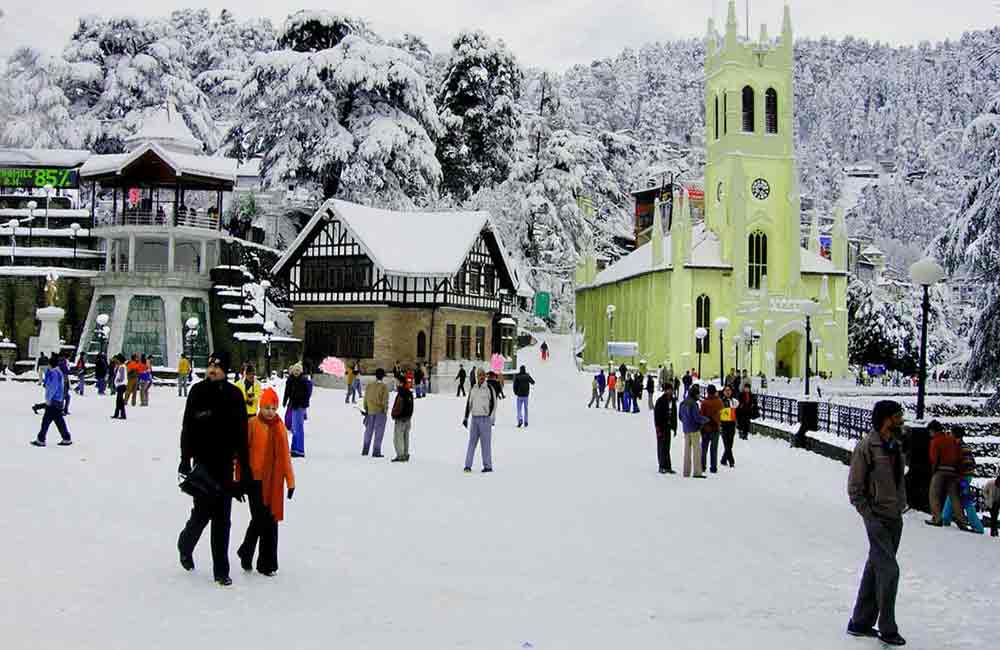
Explore the Wonderful Places to Visit in Manali, Himachal Pradesh - Your Ultimate Guide!
Ready for an exciting adventure? Discover the places to visit in Manali, Himachal Pradesh! From snowy mountains to lush valleys, there's something for everyone. Plan your trip now and explore
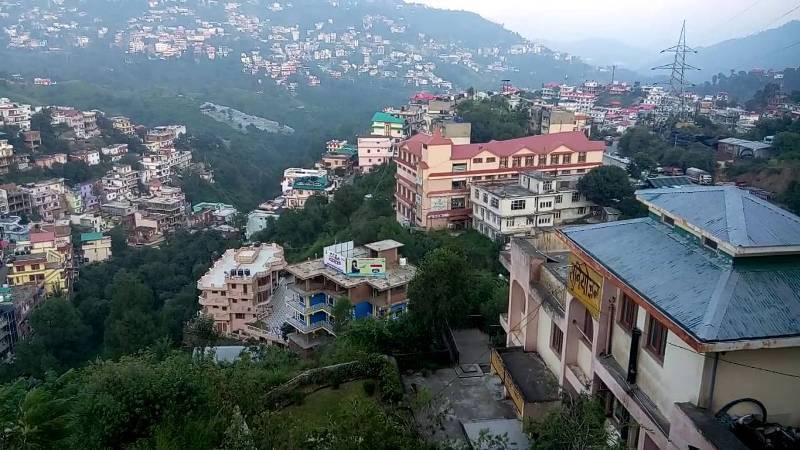
Places to Visit in Solan Himachal Pradesh - Explore the Best Tourist Spots
Discover the enchanting beauty of Solan Himachal Pradesh by exploring its myriad tourist spots. Whether you're seeking adventure or tranquility, Solan has something for everyone. From lush green valleys to
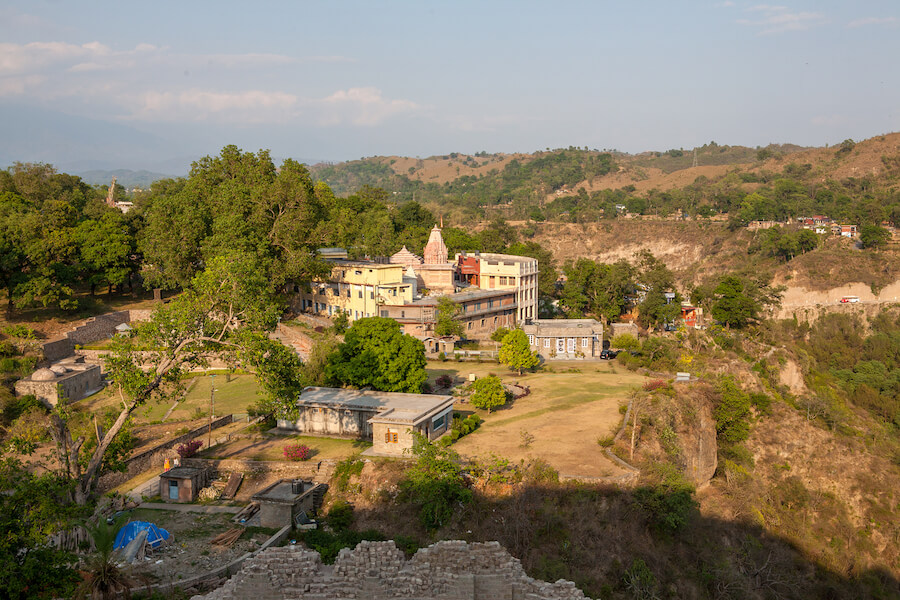
Discover the Best Places to Visit in Kangra, Himachal Pradesh: A Traveler's Guide
Ready for an exciting journey? Kangra, Himachal Pradesh welcomes you with open arms! Explore ancient temples, lush landscapes, and more in this enchanting valley. Let's uncover the best places to
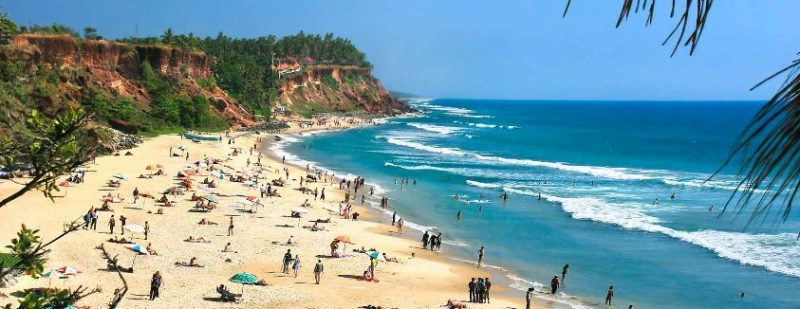
Explore Incredible Places to Visit in Varkala, Kerala: A Guide
Are you ready for an adventure? Varkala in Kerala is waiting for you! Discover the magic of this beautiful place with our guide to the best places to visit. From
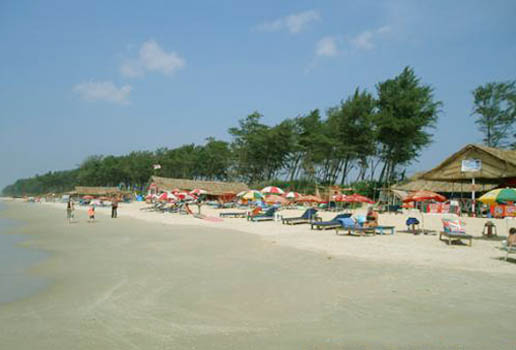
Explore Panaji, Goa: Discover the Best Places to Visit in the City
Ready for an adventure? Panaji, located in Goa, is packed with exciting places to visit. From ancient forts to picturesque beaches, there's never a dull moment in this lively city.
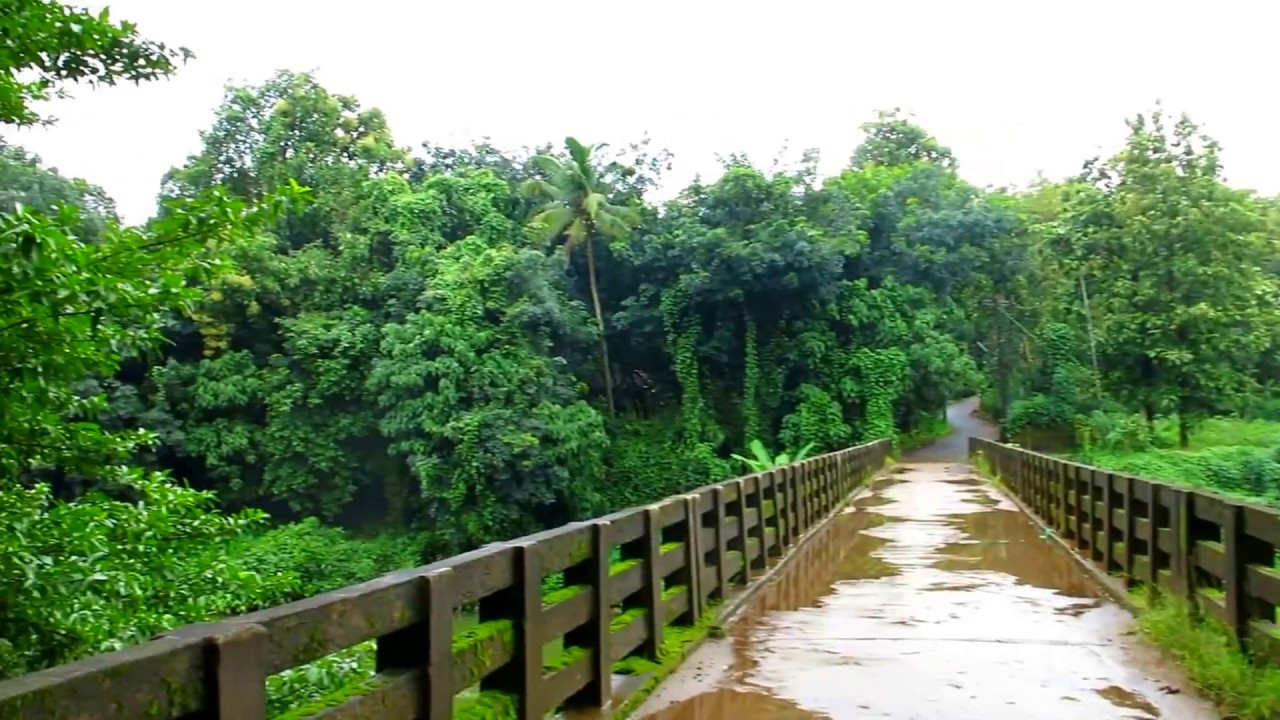
Explore the Best Places to Visit in Thrissur, Kerala – A Perfect Guide for Your Next Adventure!
Are you ready to explore Thrissur, Kerala? Get ready for an exciting journey through this vibrant city! Discover its rich history, stunning landmarks, and fascinating culture. With our guide to
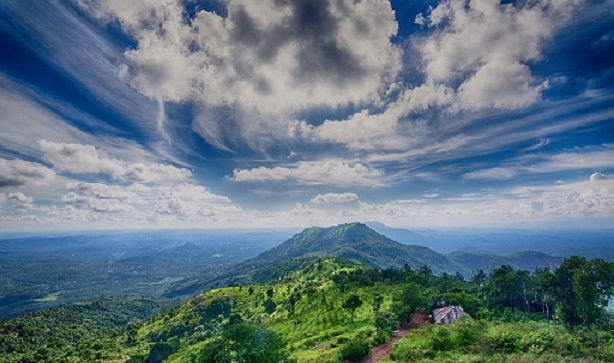
Explore the Best Places to Visit in Malappuram, Kerala - A Traveler's Guide
Dive into the beauty of Malappuram, Kerala with our ultimate travel guide! From picturesque beaches to fascinating historical sites, explore the best places to visit in Malappuram Kerala. Whether you're
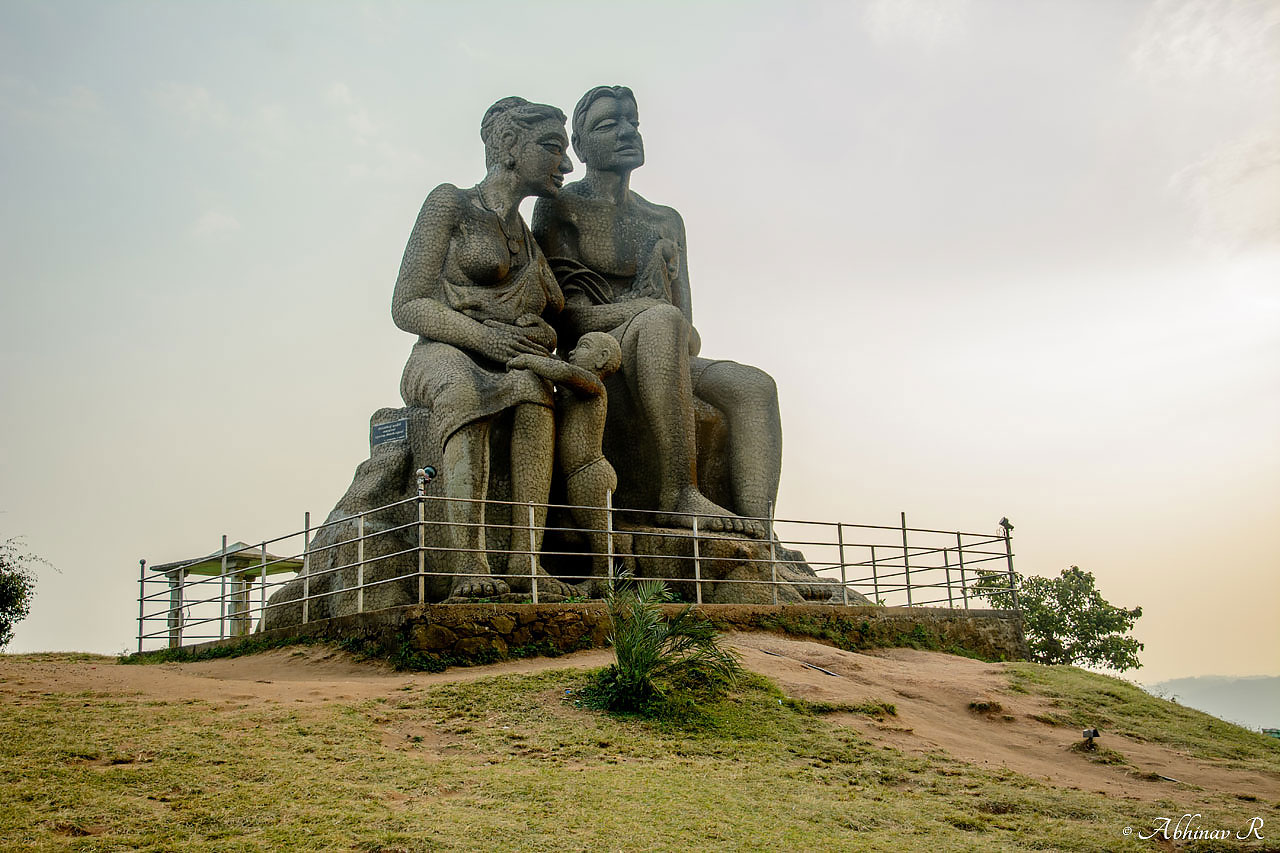
Explore the Best Places to Visit in Idukki, Kerala - A Traveler's Guide
Discover the mesmerizing beauty of Idukki, Kerala with our guide to the best places to visit. From breathtaking landscapes to serene lakes, explore the charm of this enchanting destination. Whether
Top Stories
-

Here is Best Places to visit in Dimapur in 2024 you must add in your Travel List
-

Here is Best Places to visit in Kohima in 2024 you must add in your Travel List
-

Here is Best Places to visit in Kiphire in 2024 you must add in your Travel List
-

Here is Best Places to visit in Longleng in 2024 you must add in your Travel List
-

Best Places in Nagaland



